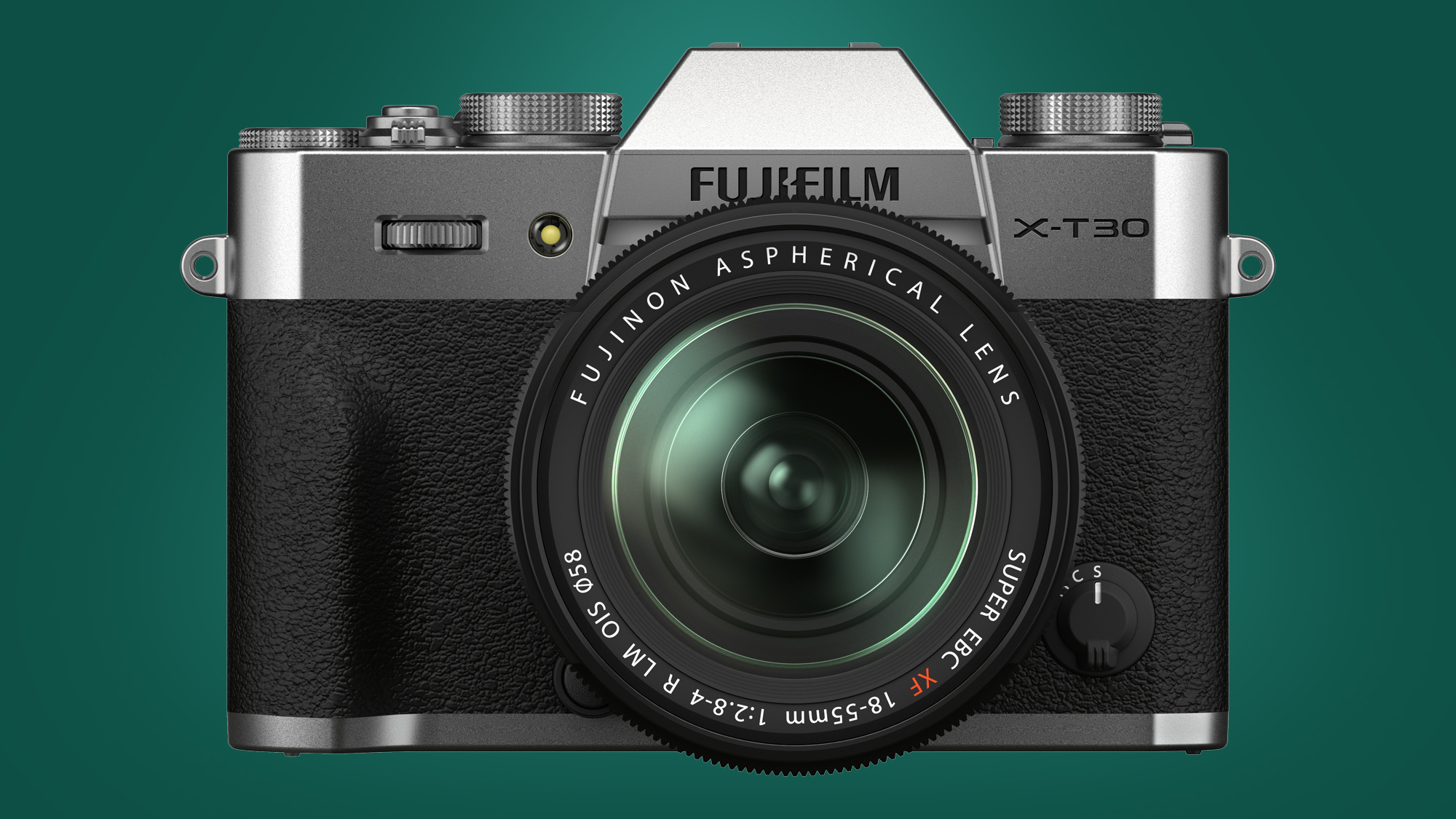The Fujifilm X-T30 II is a minor reboot of one of the world's best travel cameras
A small refresh for a little gem

The Fujifilm X-T30 has long been one of the best travel cameras around, thanks to its mix of a large APS-C sensor and compact, retro styling – and Fujifilm has just given it a minor refresh in the form of the the Fujifilm X-T30 II.
In most respects, the Fujifilm X-T30 II is the same camera as its predecessor – it's built around the same fourth-generation 26.1MP sensor and X-Processor 4 as stablemates like the Fujifilm X-S10. The only external physical difference from the X-T30 is a slightly higher-resolution 1.62-million-dot LCD screen (up from 1.04 million-dots).
Some internal tweaks have also delivered some boosted specs. These include the same autofocus performance as the larger Fujifilm X-T4, the ability to use phase-detection autofocus in low light levels of -7EV (or exposure value), and the addition of some missing film simulations including Classic Neg and Eterna Bleach Bypass.
- These are the best travel cameras you can buy right now
- Or check out our guide to the world's best mirrorless cameras
- Read our hands-on Fujifilm XF33mm f/1.4 review
But the lack of any other major additions shows why this is an X-T30 II, rather than an X-T40. While that'll likely disappoint those who were hoping for a genuine sequel, the X-T30 was already built around Fujifilm's current-generation sensor and processor – so in pure image quality terms, the X-T30 II is on par with siblings like the X-S10 and X-T4.
What the X-T30 II lacks is more advanced features like in-body image stabilization (IBIS), weather-resistance and dual card slots. We'd love to see those in a camera like this, but it's seemingly not possible either due to the camera's size (it weighs 378g, about the same as the Fujifilm XF33mm f/1.4 lens) or its price point.
Talking of which, the Fujifilm X-T30 II will cost about the same as its predecessor when it becomes available to buy in October. You'll be able to pick one up for a body-only price of $899 / £769 / AU$1,599. Fujifilm has announced kits for the camera as well (although information on these haven't been provided for Australia), one with the excellent XF18-55mm f/2.8-4 R LM OIS lens for $1,299 / £1,099 (about AU$2,050), or you can get it with the similar XC15-45mm F3.5-5.6 OIS PZ lens, that'll cost you $999 / £849 (around AU$1,700).
Analysis: Why not just a firmware update instead?

The obvious question when you see a 'new' camera arrive with such similar specs to its predecessor is – why not give the current model a firmware update instead?
Sign up for breaking news, reviews, opinion, top tech deals, and more.
We asked Fujifilm and it said that there are other factors and internal tweaks that mean it wouldn't be possible to put the X-T30 II's firmware on the X-T30. While the two cameras share the same sensor and processor, other changes like RAM and circuitry have apparently enabled the small step up in areas like autofocus on the new model.
Despite this, some may file the Fujifilm X-T30 II alongside the Canon EOS M50 Mark II and Speed 2 in a folder marked 'disappointing sequels'. But there are a few differences in this case. Firstly, the X-T30 II has Fujifilm's latest-generation processor and sensor, whereas the M50 Mark II stuck with the dated Digic 8 chip that could only produce heavily-cropped 4K video.
Also, unlike Canon's EOS M range, the X-T30 II is part of a healthy lens system that's well-stocked with good prime options and that are regularly replenished with updates, like the recently-announced Fujifilm XF23mm f/1.4 R LM WR and Fujifilm XF33mm f/1.4 R LM WR.
That said, it would have been nice to see the Fujifilm X-T30 II arrive with a lower price tag than its predecessor, given it is Fujifilm's entry-level option. We'll be taking it for a spin soon to see if it can break back into our guide to the best travel cameras.
- These are the world's best cameras for photography

Mark is TechRadar's Senior news editor. Having worked in tech journalism for a ludicrous 17 years, Mark is now attempting to break the world record for the number of camera bags hoarded by one person. He was previously Cameras Editor at both TechRadar and Trusted Reviews, Acting editor on Stuff.tv, as well as Features editor and Reviews editor on Stuff magazine. As a freelancer, he's contributed to titles including The Sunday Times, FourFourTwo and Arena. And in a former life, he also won The Daily Telegraph's Young Sportswriter of the Year. But that was before he discovered the strange joys of getting up at 4am for a photo shoot in London's Square Mile.